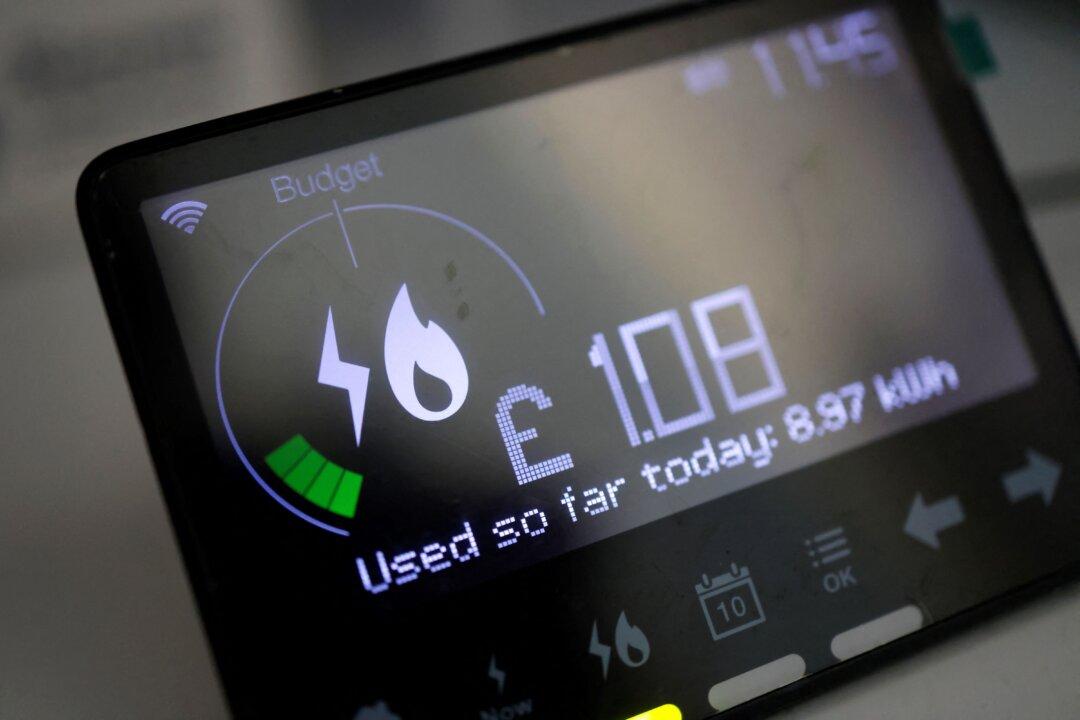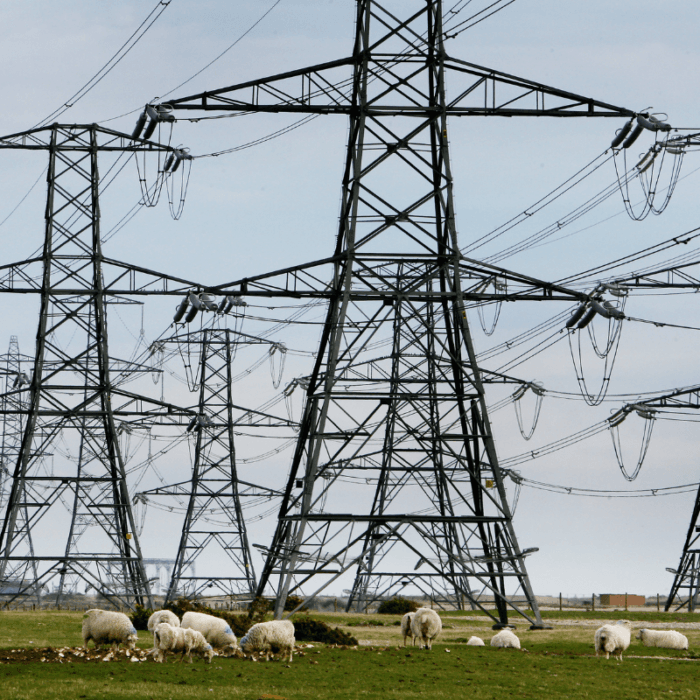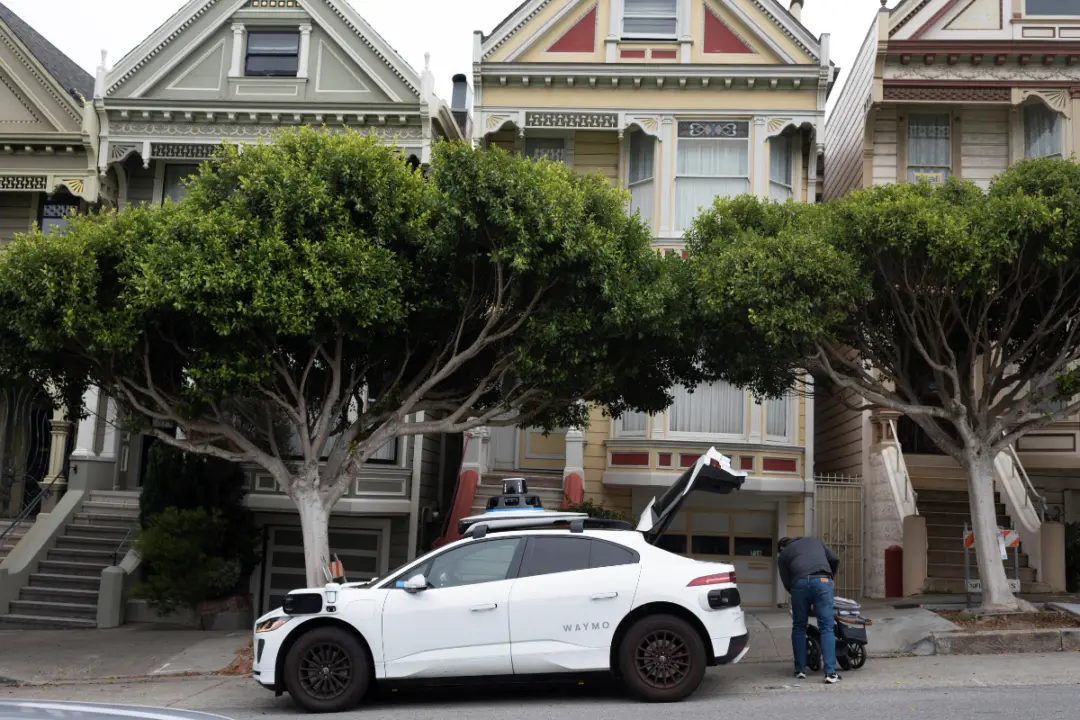Britons with smart meters could face variable price caps depending on what time of day they use electricity, the government’s energy regulator has said.
On Monday, Ofgem announced a consultation on the future of the cap, which could be replaced by a more “dynamic” pricing system featuring “time-of-use dependent unit rates to encourage consumer flexibility.”
The regulator said the option was being considered owing to the UK’s energy market shifting towards green technologies and an increased use of heat pumps, solar panels, and electric cars.
The flexible price cap is one of three initial options put forward by Ofgem, including introducing a “targeted cap” that could be based on factors such as vulnerability, and introducing flexible, market-based price protections.
‘Reward’ Users for Changing Their Energy Habits
The price cap is currently set at £1,690 per year and is based on typical household energy use. It makes sure prices for customers on standard variable tariffs reflect the cost of energy and are fair.Ofgem said that as a growing number of users change their energy consumption to electricity “and more households adopt time-of-use tariffs, it could become harder to retain a universal price cap that is suitable for everyone.”
“So, the energy regulator is considering how the price cap, and energy regulation as a whole needs to adjust to ensure customers are protected, they continue to pay a fair price for their energy, and they get to realise all the benefits of net zero,” Ofgem said.
Ofgem predicts that the introduction of half-hourly settlements in 2025—when smart meters record energy usage every 30 minutes—will drive this growth in time-of-use tariffs.
Energy Market Is Changing
Tim Jarvis, Ofgem’s director general of retail and markets, said that while the current price cap had played a role in protecting consumers, “the energy market is changing as we move to net zero, and we recognise the systems we have in place may need to change too.”“We’re looking in detail at the elements of the price cap that have worked well and the challenges we’ve identified in recent years, while also considering how a wide range of future consumers will use and pay for energy, to make sure we develop the right measures that will protect and benefit consumers across the board.
Households Already Reducing Energy Consumption
Britons have already started reducing their energy consumption in response to the National Grid activating Demand Flexibility Service (DFS) events.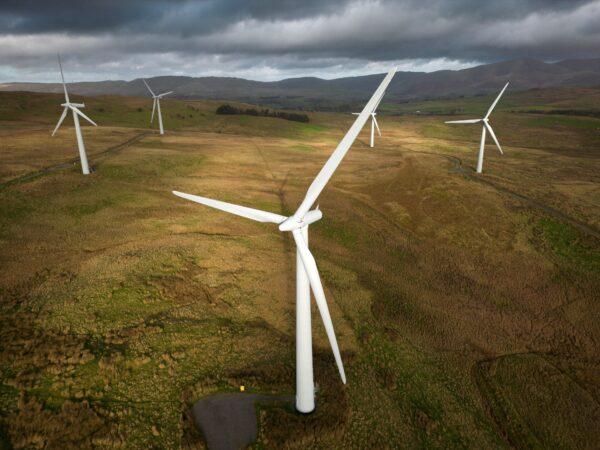
The National Grid activated DFS events on Jan. 23 and 24, 2023, for staggered 30-minute periods between 4:30 p.m. and 6 p.m.
The ESO said that while DFS tests can last for one hour, live events “are likely to last for a longer period if they are needed and could run up to four hours each.” These are likely to be held at peak times for electricity usage, such as late afternoons and early evenings on weekdays.
Grid Needs £58 Billion for Net Zero
Last week, the Electricity Systems Operator (ESO) said £58 billion must be invested in Britain’s electricity grid by 2035 to keep up with demand.The ESO’s report said that the “current electricity grid is reaching its capacity and is unable to transport much more electricity without reinforcing the network.”
“Investment in renewable energy generation has exceeded investment in transmission capacity over the past decade, resulting in bottlenecks” on the grid.
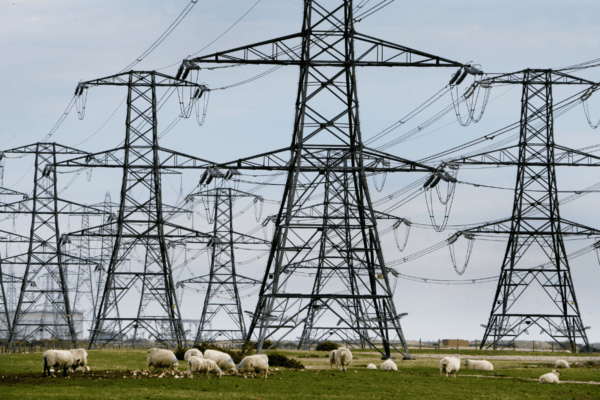
“With little over a decade to 2035, progress must be swift and coordinated if we are to meet our Sixth Carbon Budget target,” the ESO warned.
The operator, set to be renationalised as part of the UK’s efforts to reach targets for net zero, said Britain’s electricity needs are set to rise “substantially” by 2035—by 64 percent—as “our everyday lives become more digitally intertwined and we move towards more electrified heat and transport options.”
